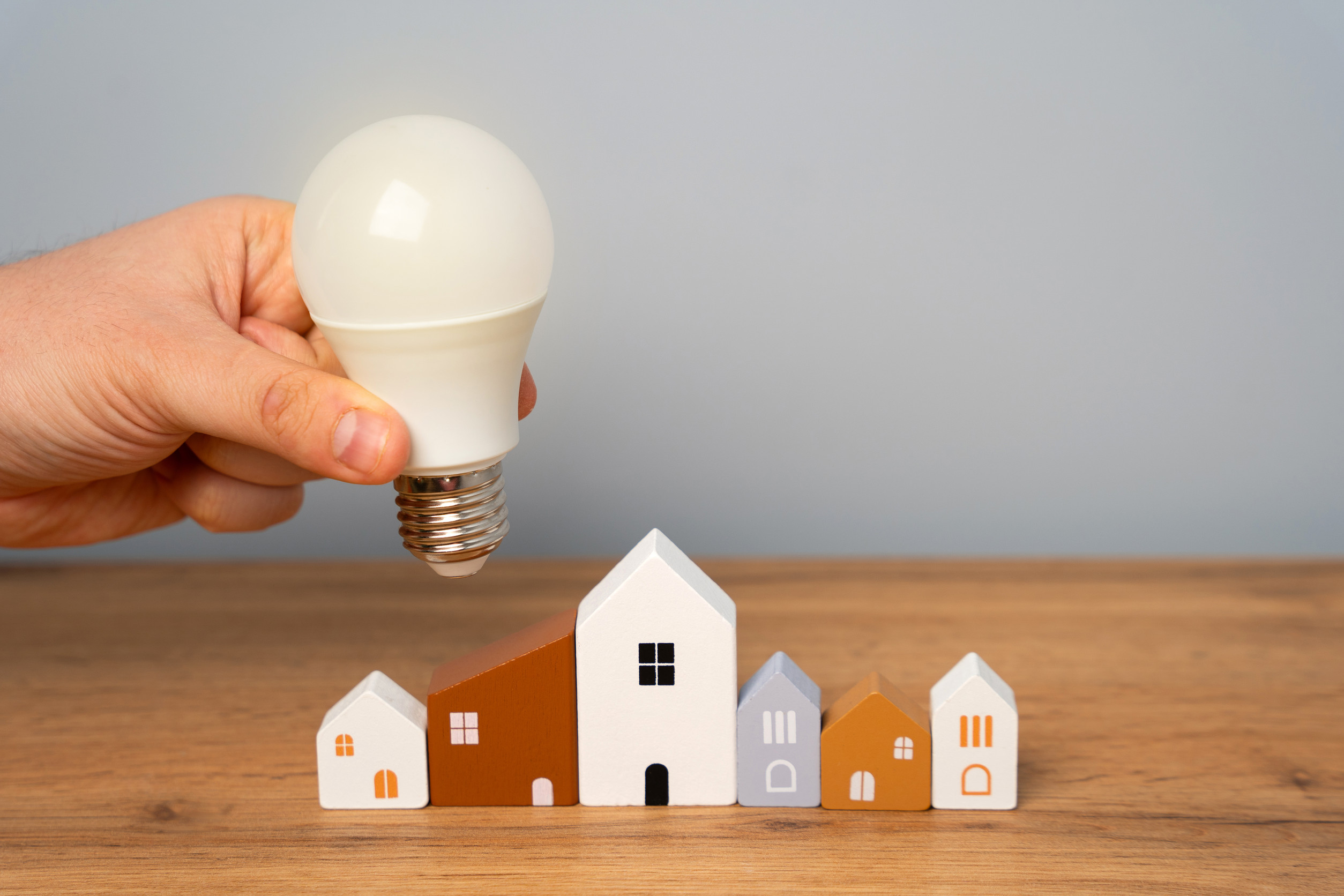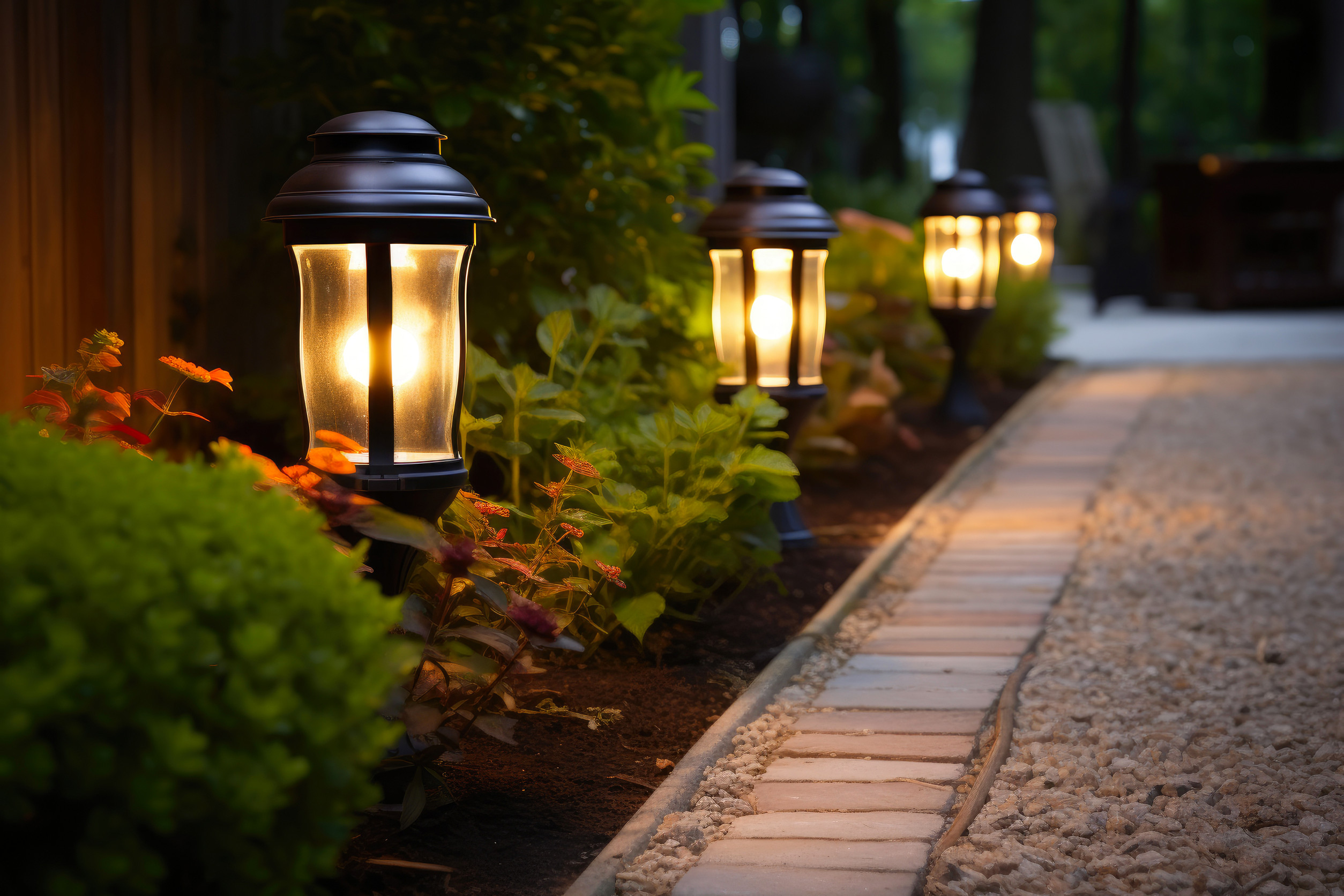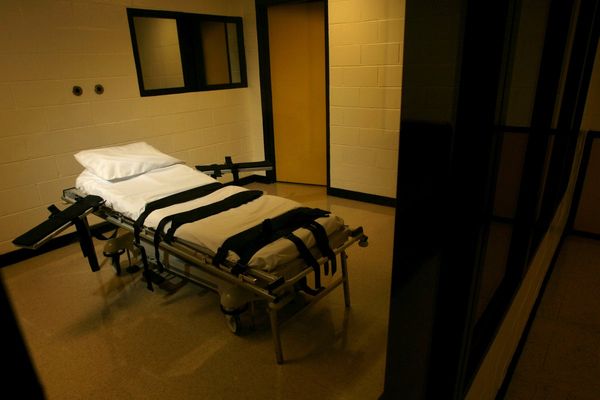
Home upgrades are supposed to make life better—more beautiful, more functional, more valuable. But some improvements carry hidden legal risks that most homeowners never see coming.
One of the most common culprits? Outdoor lighting. While it may seem like a small touch to boost curb appeal or improve security, poorly executed outdoor lighting has sparked neighbor disputes, HOA complaints, and even costly lawsuits. The legal trouble doesn’t come from the light itself—it comes from how, where, and why it’s installed.
Lighting That Crosses Property Lines
Outdoor lighting that spills onto a neighbor’s property can be considered a form of “light trespass.” This happens when light crosses boundaries and interferes with someone else’s use or enjoyment of their space. Courts have recognized excessive lighting as a legitimate nuisance in many jurisdictions. Bright floodlights or motion sensors that repeatedly shine into windows can be grounds for legal action. What seems like a safety feature to one homeowner can feel like harassment to another.
Violation of Local Ordinances
Many cities and towns have lighting ordinances that govern brightness, direction, timing, and placement. These rules are designed to preserve community aesthetics and reduce light pollution. Ignoring or being unaware of these codes won’t protect a homeowner from fines or orders to remove the installation. Even small, seemingly harmless upgrades like pathway lighting or driveway spotlights can fall out of compliance. If the lighting disturbs wildlife, obscures visibility, or disrupts others, local authorities may intervene.
Homeowner Association Crackdowns
For those living under homeowner associations (HOAs), the rules can be even stricter. HOAs often have very specific guidelines about exterior modifications, including the type, style, and brightness of outdoor lights. Installing fixtures without approval or using non-compliant designs can lead to penalties and legal notices. HOAs can demand that changes be reversed at the homeowner’s expense, even if the upgrade was meant to improve safety. Repeated violations may result in legal escalation or damage to property values.
Safety Upgrades Gone Wrong
Ironically, outdoor lighting is often installed in the name of safety, yet it can create new hazards if done improperly. Overly bright or poorly positioned lights can cause glare, making it harder for pedestrians or drivers to see. This increases the risk of trips, falls, or accidents on or near the property. If someone is injured and the lighting is found to be a contributing factor, the homeowner could be held liable. Safety upgrades should not become new sources of risk.
The Problem with Motion Sensors
Motion-sensor lights are popular because they offer security without staying on all night. But they can become a nuisance if they trigger too easily or too often. Pets, passing cars, or even wind-blown branches can activate them repeatedly, creating flashing light shows that frustrate neighbors. Excessive activation can be interpreted as unreasonable interference or even intimidation, depending on the context. A good intention doesn’t excuse the negative impact on others.

Light Pollution Lawsuits on the Rise
As awareness of environmental concerns grows, light pollution has become a bigger issue in residential communities. Sky glow, glare, and artificial brightness disrupt local ecosystems and interfere with stargazing and sleep. Activist groups and concerned neighbors are increasingly willing to take legal action against sources of unwanted illumination. Homeowners who ignore these concerns risk getting swept up in broader environmental complaints. What starts as a backyard renovation could end in court.
Insurance May Not Cover It
Homeowner’s insurance usually covers accidental damage, not intentional installations that violate regulations or cause harm. If an outdoor lighting upgrade results in a lawsuit, the insurance provider might refuse to cover legal costs. Policies often exclude claims tied to nuisance, trespass, or code violations. That means any settlement, attorney fees, or judgment could come straight out of pocket. Relying on insurance as a safety net in these cases can be a costly mistake.
Resale Risks and Disclosure
When it’s time to sell, that outdoor lighting could turn into a liability during the home inspection or buyer review. Sellers are often required to disclose known disputes, code violations, or neighborhood complaints. A buyer learning about ongoing issues related to outdoor lighting may back out or demand a price reduction. In some cases, buyers have sued sellers post-sale over undisclosed lighting-related problems. What seemed like a simple enhancement can haunt future transactions.
Conflicts Over Privacy
Privacy violations are one of the most emotionally charged complaints tied to outdoor lighting. Bright lights aimed at backyards, bedrooms, or pools can make neighbors feel surveilled or exposed. If the lighting is seen as intentional or invasive, tensions can escalate quickly. Even when there’s no malice involved, the perception of intrusion can lead to formal complaints. Managing optics—and actual optics—is crucial to keeping peace in the neighborhood.
Know Before You Glow
Before installing any new lighting, it’s essential to research local zoning rules, HOA regulations, and state laws. A short consultation with a contractor or lighting expert can prevent major legal headaches later. Adjusting beam angles, adding shields, and using dimmer bulbs are all simple tweaks that make a huge difference. Just because a product is sold at a hardware store doesn’t mean it’s legal to use in every setting. Smart planning beats costly fixes and conflict resolution.
When Good Lighting Turns into Bad News
Outdoor lighting can be beautiful, functional, and a smart upgrade—but only if it’s done right. The legal risks tied to outdoor lighting aren’t always obvious, but they’re very real. Poor placement, excessive brightness, or ignoring local rules can spark conflicts, damage neighbor relations, and lead to lawsuits. A simple upgrade intended to protect your home shouldn’t end up threatening your wallet. Thoughtful design and due diligence are the best tools for keeping outdoor lighting—and legal trouble—in check.
What do you think? Have you seen lighting disputes in your area? Share your thoughts or leave a comment below.
Read More
8 Devices in Your Home That Could Be Raising Your Anxiety
8 Tech Upgrades That Are Making Cars Easier to Hack
The post How This Simple Home Upgrade Could Invite a Lawsuit appeared first on Everybody Loves Your Money.







